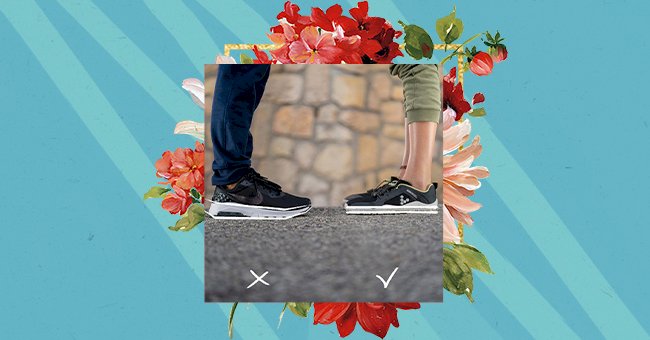
Barefoot Shoes: Are They Worth The Hype?
Wearing barefoot shoes? What does that actually mean? Barefoot, also called minimalistic shoes with less cushioning as possible, feeling almost as if you’re barefoot. The concept is allegedly said to improve mental and physical health.
A couple of years ago, the footwear company Vivo BareFoot released a short documentary called Shoespiracy, focusing on the premise that the shoe industry created a huge problem.
According to some experts, these shoes are designed to fashion, not to function. And they are, in fact, harmful for our feet and overall health. Let’s understand.
Our feet have evolved and each of them has the capacity to absorb around 640 tonnes of pressure a day. They are also covered with nerve terminations that connect us with our brain and the rest of the body, allowing it to create a sort of “map”.
This map allows the brain to create more accurate decisions and quickly respond to our environment. But how does that relate to wear cushioned shoes to ones with no cushion?
The nervous system also takes decisions based on that map, estimating the power needed for each task we’re doing, allowing it to recruit the correct amount of muscle activity and protect us from injury and overuse.
When running or walking in cushioned shoes, the connection with the external environment is cut off. In other words, cushioned shoes will send the message to the feet to relax causing them to become weaker.
We already have a natural intelligent system in our bodies, connected with our feet. Cushioned shoes — or any other type of layered shoe — can't mimic that.
The tight box that we put our feet in prevents the feet and toes to move naturally. Studies have shown that foot muscles in the arch get stronger when you walk in minimal shoes.
Grounding also called earthing, is a technique that reconnects us with the earth. This practice relies on earthing science and grounding physics on how grounding is beneficial to our physical and mental health.
Some ways to ground yourself is to walk barefoot for at least 10 minutes daily on grass, sand, or even mud; swimming in the ocean, or walking with a barefoot shoe as much as possible.